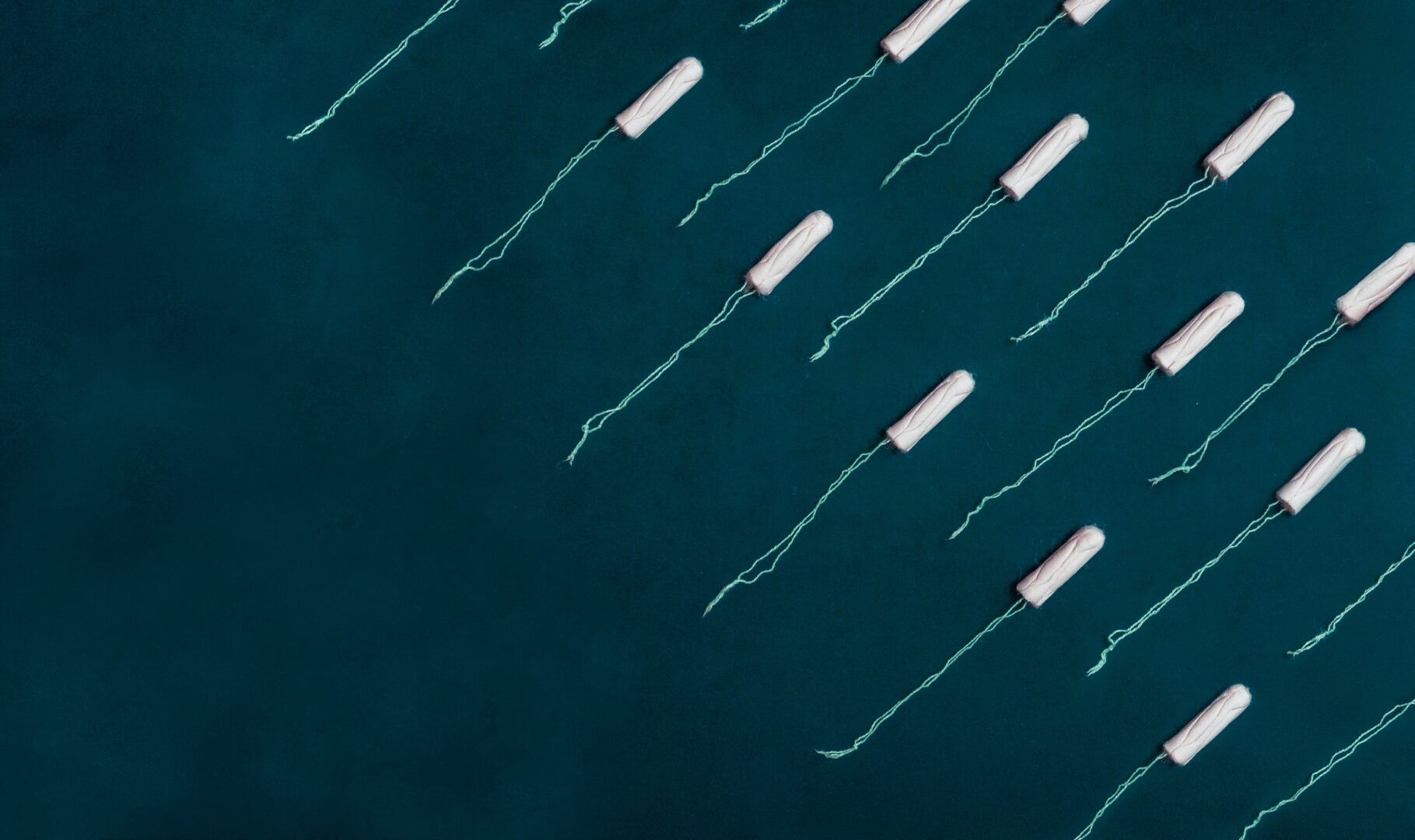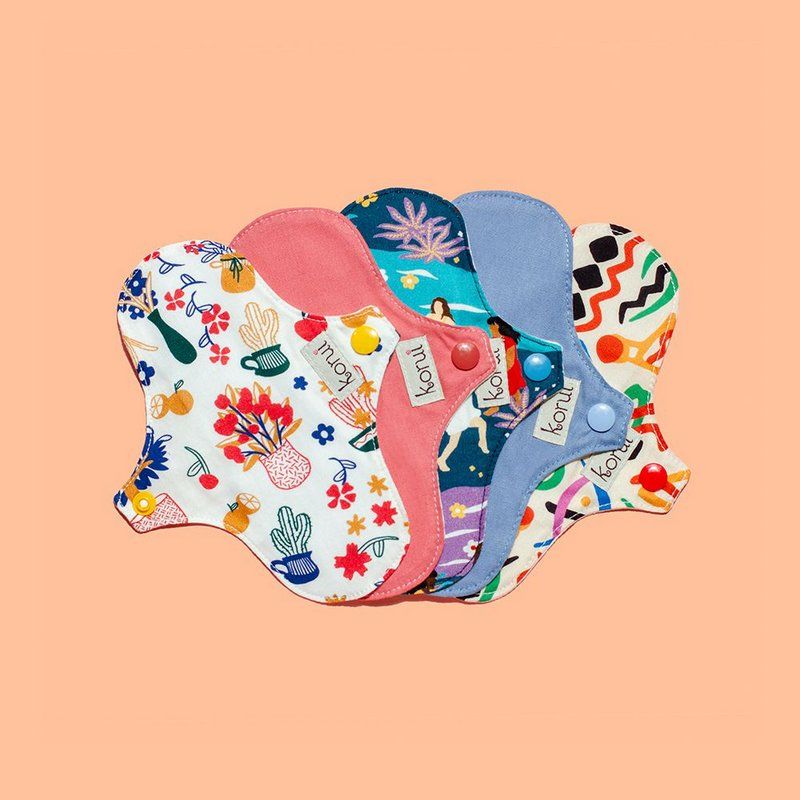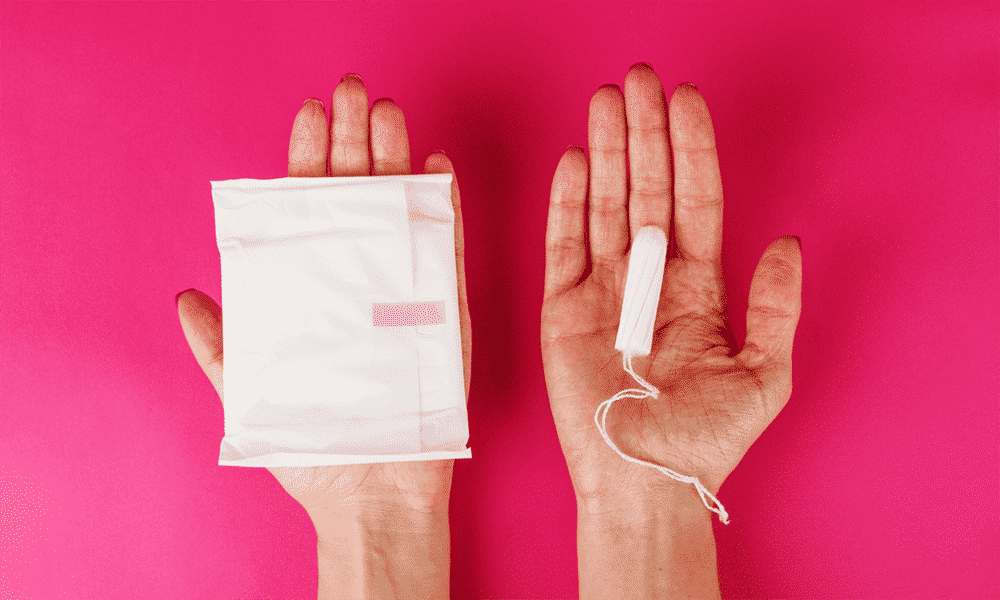Sustainable pads can make women's lives easier, while having much less impact on the environment.
Every month she comes…! Menstruation brings with it several issues: gynecological health, fertility, perception of one's own body. However, in these issues that affect women's health, a new question arises regarding the amount of waste that is generated with these monthly products. In fact, common sanitary pads can also wreak havoc on nature. Consequently, sustainable absorbents emerge.
Certainly, in addition to the information available on this marker, sustainability has been gaining a lot of space within women's topics, and as a result of these concerns, sustainable pads are gaining momentum.
Today's sustainable pad
For a few years now, we have been able to follow the emergence of several brands focused on menstrual flow, with more ecological proposals. However, the fact that the use of disposable panty liners generates a high amount of non-recyclable waste has become a major issue.
Therefore, when we put into numbers the number of disposable intimate pads used by a woman in an average period of life, we have as a result, around 10,000 pads discarded in landfill.
Each discarded absorbent takes an average of 100 to 500 years to decompose. Therefore, given this data, it is impossible not to rethink some habits that are now widely easy to replace safely and comfortably, such as panty liners.

The story of the sustainable absorbent
The scarcity of resources at the beginning of the 20th century forced women to use methods that were less harmful to the environment. They used washable and reusable cotton fabric bands. In the 1930s, ‘Modess' appeared, an external intimate absorbent; and the ‘Tampax' tampon.
For 20th century society, still very full of taboos, the menstrual cup was considered very invasive. It was the first sustainable absorbent option, however, the collector was not successful among the female public at the time.
Certainly, contemporary women are faced with urgent climate issues. Many women began to question traditional methods of dealing with menstrual flow. Therefore, the menstrual cup has returned as a good alternative, opening up space for new methods that are even more practical and comfortable.
Curiosity
These disposable pads from the 1930s were sold as the modern woman's pad. By the way, this same decade was when the – now famous – menstrual cup appeared; invention of a woman, actress Leona W. Chalmers.
Sustainable options for disposable tampons
Here we have selected some sustainable absorbent options that can make your life easier and have less impact on the environment. However, it is always good to remember that each woman adapts to what she feels most comfortable with, so it is interesting to explore the models before investing heavily in a specific model.
1- The menstrual collector
This is an old option that has been revisited in recent years. It certainly has great benefits for being reusable and, therefore, had great strength in its return. Its rubber ‘cup' shape, when placed inside the vagina, creates a vacuum, therefore ensuring comfort and safety, as long as it is placed correctly.
Basically all menstrual flow goes down into the cup. However, its use must not exceed 12 hours of use, that is, it must be changed twice a day. Furthermore, cleaning is very easy and consists only of washing with neutral soap and sterilization. Its useful life is 3 years.

2- Or menstrual disc
The menstrual disc is very similar to the menstrual cup proposal, however, its advantage is that it is possible to have sexual intercourse without making a mess. Its disc shape fits around the cervix, and as a result, the disc collects all the menstrual flow.
Its usage and maintenance time is similar to that of the collector, with replacement every 12 hours. Therefore, it must always be washed with neutral soap and sterilized before use.

Sustainable options for disposable external intimate pads
3- Absorbent panties
Absorbent panties basically consist of a composition of fabrics that ensure absorption of menstrual flow. Therefore, its fabric leaves the surface in contact with the skin dry; as a result of this, its waterproof fabric prevents leaks.
However, its use depends on each woman's flow, which is why there are variations of models that are tailored to each flow. There is certainly an advantage to being washable and reusable; In other words, 1 year of using absorbent panties is equivalent to 4000g of waste avoided.

4- The reusable cloth pad
The cloth absorbent is very similar to the absorbent panties proposal; however, it can be more practical as it can be attached to any panties. Therefore, for those who are already used to this type of absorbent that attaches to the panties, this will certainly be revolutionary. The technology used is the same technology as absorbent panties.

There are several safe and comfortable possibilities to eliminate or reduce the use of disposable pads through sustainable pads. It is also worth, by the way, taking a look at our article on cloth diapers, which also gained new possibilities.
Despite the long way we still have to go on this topic, it is now possible to combine quality and comfort with the purpose of sustainability. Therefore, knowing other alternatives will certainly bring benefits. As a result of this, those who use it gain in savings while also saving the planet!
Images: Unsplash, Capricho, Inciclo, Korui and Circular.
Sources: ERNANDES, Camina Carvalho. BREAKING TABOOS ABOUT MENSTRUATION AND SUSTAINABLE PRACTICES, 2018.
DIAS, Victória Carolina Pinheiro Lopes; ANGELS, Giordana; DIAS, Maria Regina Álvares Correia. MENSTRUAL COLLECTOR: AN ANALYSIS IN LIGHT OF THE METAPROJECT, 2017.




